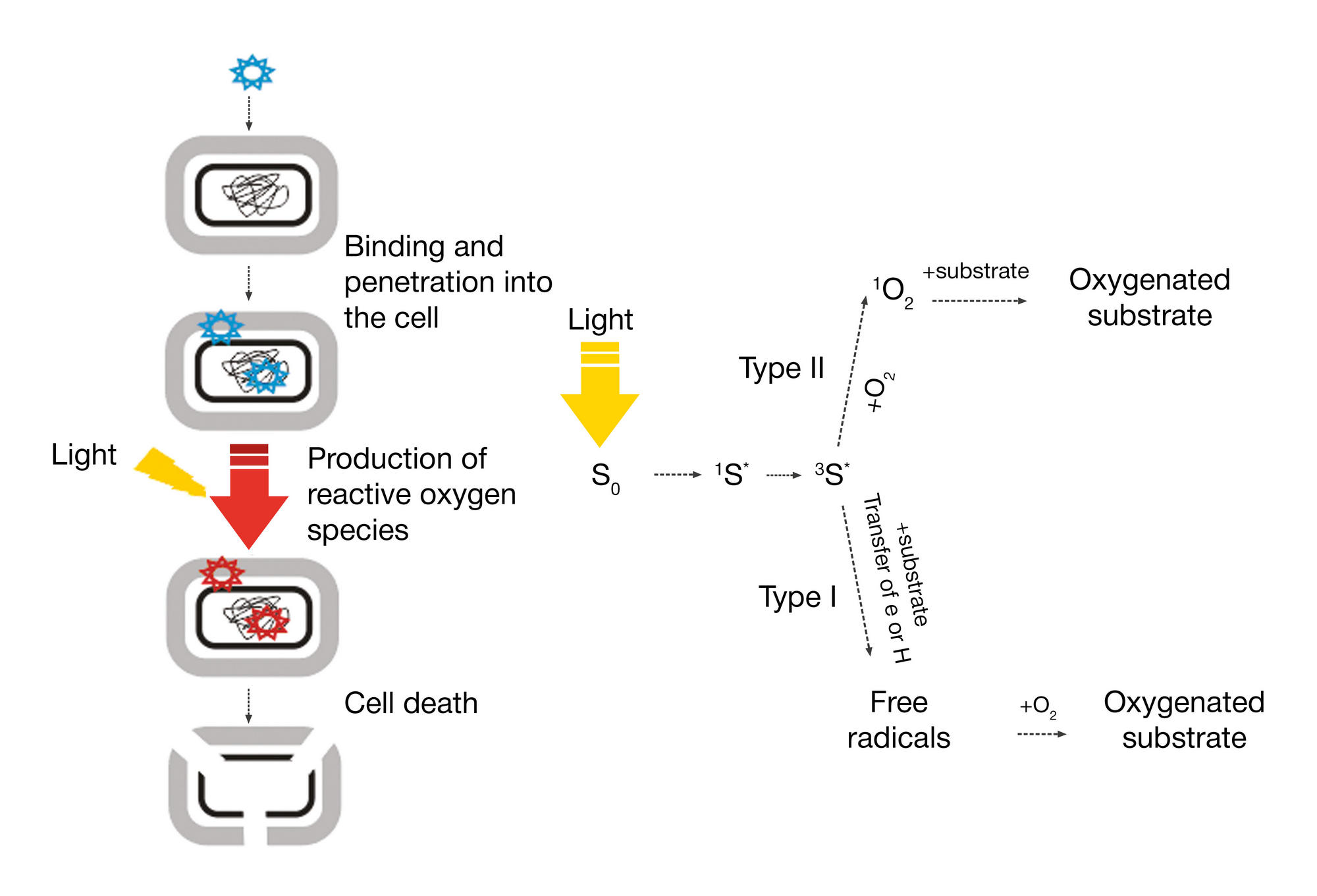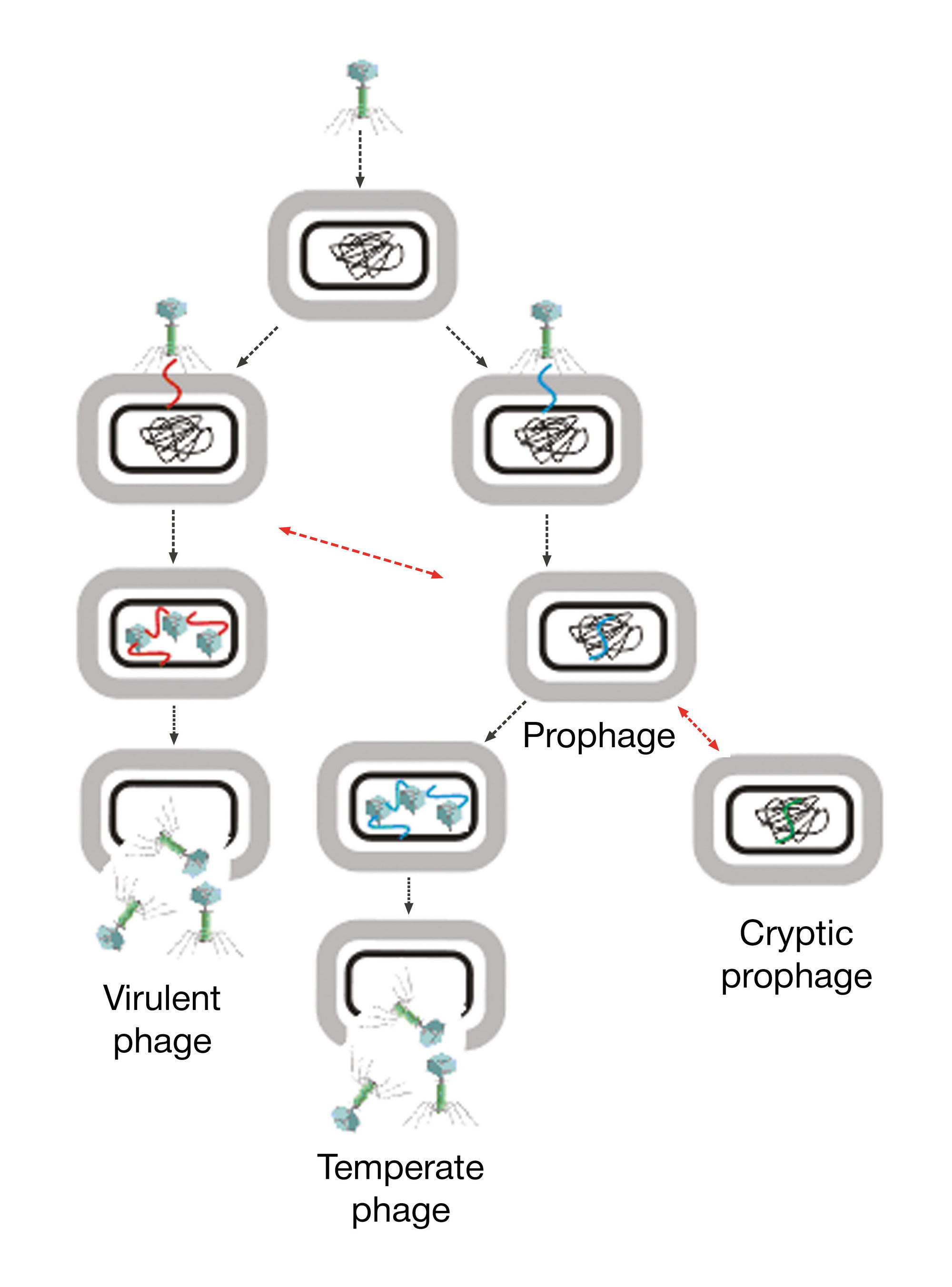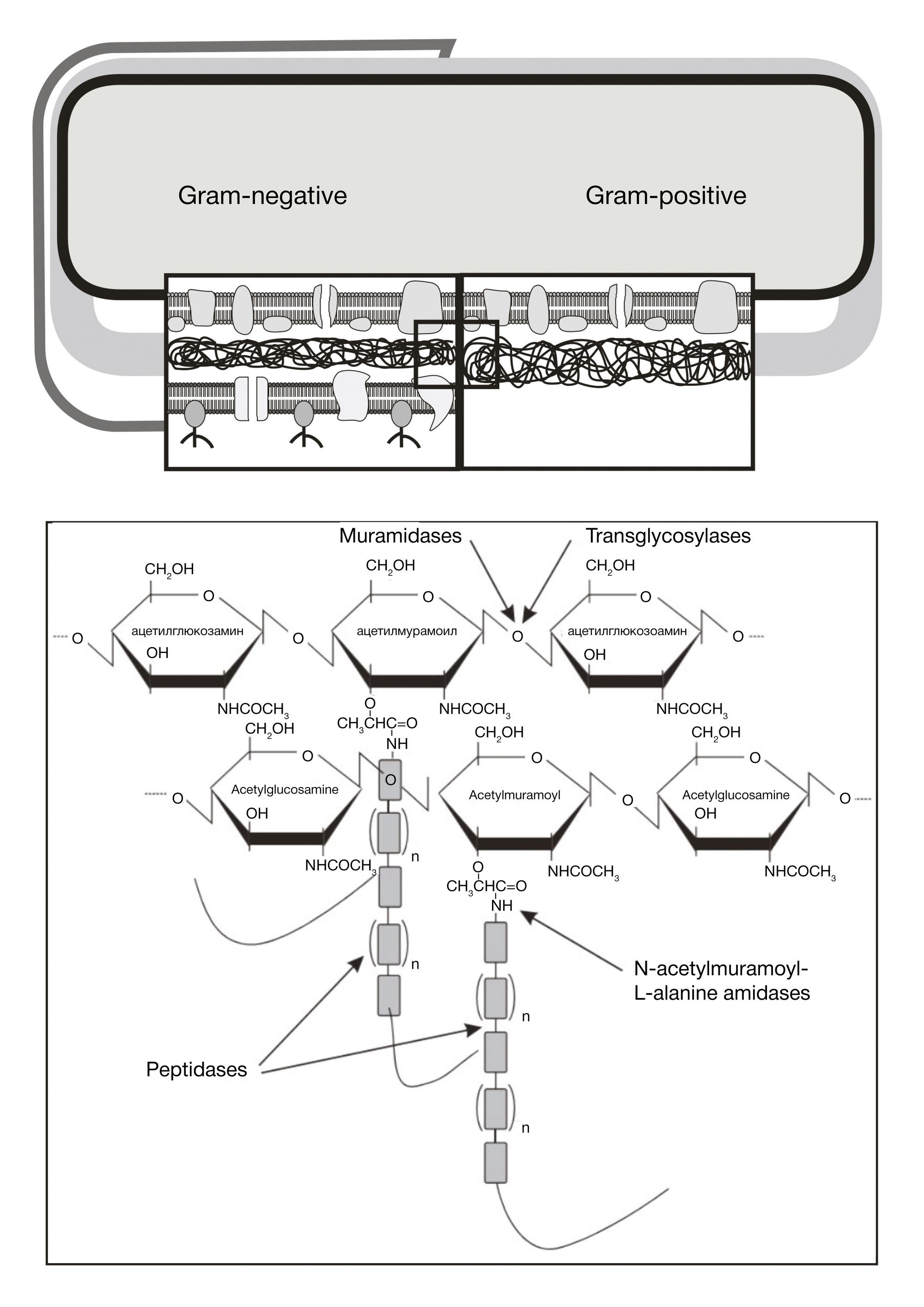
REVIEW
Alternatives to antibiotics: phage lytic enzymes and phage therapy
Belozersky Institute of Physico-Chemical Biology,Lomonosov Moscow State University, Moscow, Russia
Correspondence should be addressed: Pavel Nazarov
ul. Narimanovskaya 22, k,3, kv. 294, Moscow, 117997; moc.liamg@apvorazan
Funding: this work was supported by the Russian Science Foundation (Grant ID 14-50-00029).
Acknowledgements: the author wishes to thank the researchers from the Laboratory of Membrane Biophysics (Department of Bioenergetics, Belozersky Institute of Physico-Chemical Biology), the Laboratory of Molecular Bioengineering (Shemyakin-Ovchinnikov Institute of Bioorganic Chemistry) and the Laboratory of Bacteriophage Genetics (Mechnikov Research Institute of Vaccines and Sera) for discussing with him some aspects of the use of bacteriophages, phage lysins and antibacterial photodynamic therapy.


